Bored with Batman and his superhero mates? Exhausted by Elsa and her sparkly dressed friends? Superheroes and princesses seem to be a common theme for children’s birthday parties, and when you have 25 children in your child’s class each throwing a birthday party along the same theme, they can get a bit tiresome. So, why not try something different instead and throw a science party?
Why a Science Party?
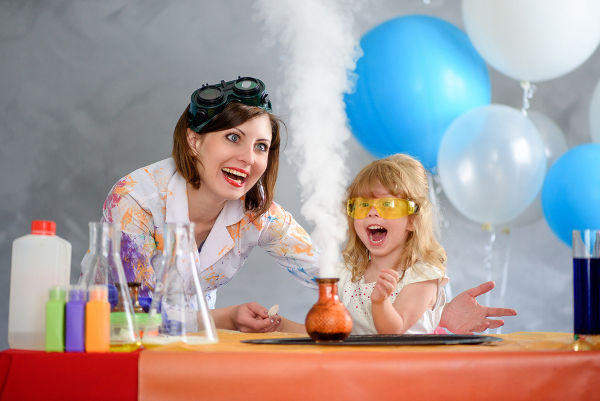
Science parties are a great way of introducing scientific concepts to young children. They appeal to both genders and can be adapted according to your budget and venue size. Best of all, they are lots of fun for both the children and grownups alike. There are currently a few companies that offer a science party service, complete with invitations, experiments and even lab-coats for the birthday child. B
ut with prices starting at around £10 per head, if you are looking at a whole class party the cost can quickly rise, especially when you throw in party food, the birthday cake and venue hire. But don’t let that put you off, because doing it yourself is pretty easy with a little planning.
Self-Guided Activities
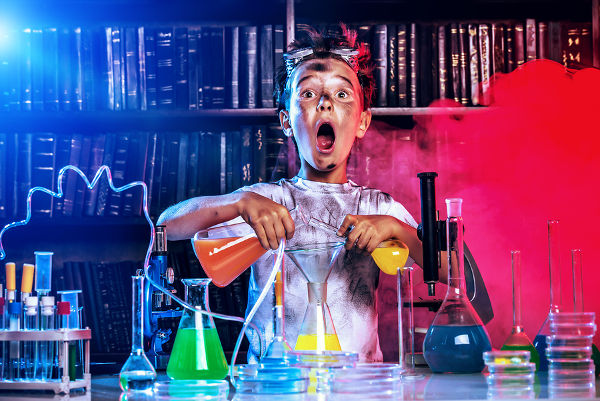
These activities are perfect if you are planning a whole class party in a village hall type of venue. You can have a few set up around the room and let the children move between them. You will need to nominate a few members of your friends and family to supervise each area.
Lego Balloon Car Races
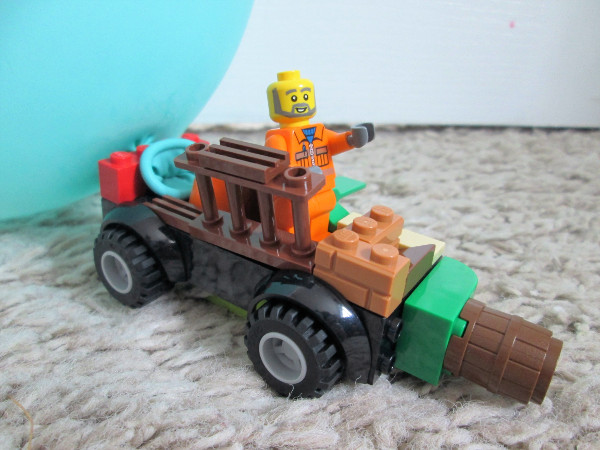
Teaches: Physics, Engineering
Kids love Lego, balloons, and racing, and this activity combines all three. You will need a good selection of Lego. If you haven’t inherited some from family members or you don’t want to risk losing your children’s Lego, then I recommend having a look on Ebay for some bundles. You can get used sets with wheels for anything between £10 and £30. Best of all, you get to keep it afterwards, and, who doesn’t love playing with Lego?
Set the children a challenge. They need to build a Lego car and power it with a balloon. Who can travel the furthest distance? You could offer prizes, such as sweets, and, if you have time, you could encourage them to see if different designs of car make any difference.
The cars will need to have a slot included in the design where a balloon can be attached. See the accompanying photo for an idea of how to do this. Inflate the balloon but don’t tie it, attach the end through the slot in the car, and then release it on the ground. The force of the air leaving the balloon should propel the car forward.
This teaches children about how energy is stored in the balloon as air pressure. When that pressure is released it creates a force that pushes the car forward.
Fireworks Glasses
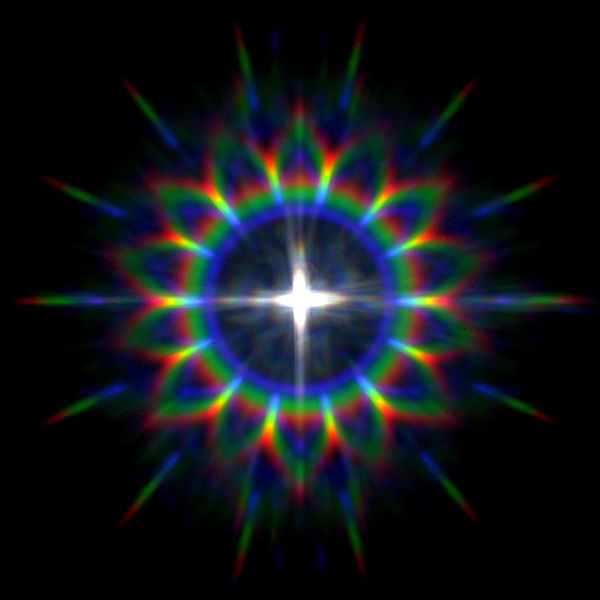
Vahram Mekhitarian / Wikipedia.org
Teaches: Physics
These will be a guaranteed hit with younger primary school aged children. The glasses are fitted with lenses made from diffraction grating, a sheet of plastic with thousands of tiny dents in it. Light waves hitting the glasses are bent, and spread to produce a spectrum – AKA a rainbow. Perhaps you might remember doing similar experiments with a prism in school. So, when you look at a white light source through the glasses, such as a lamp or a torch, you will see all of the colours of the rainbow. Different light sources will produce different patterns, so have a few torches, table lamps, or LED lights for the children to experiment with.
You can buy diffraction glasses online. If you want to prolong the activity, other glasses made from blank white cardboard are available online, and the children could add their own rainbow patterns to the glasses with pens etc.
Bicarbonate of Soda Volcano
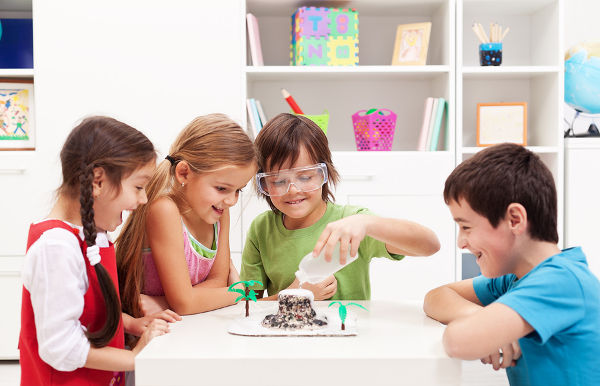
Teaches: Chemistry
It’s a classic and still tons of fun. First, you will need some film canisters. You will also need some brown play dough, but to save money you can make your own easily enough, and the BBC has a great recipe. You will need some bicarbonate of soda. You can buy small packs in the supermarket but you might find it cheaper to buy a larger bag online. You will also need some clear vinegar, orange or yellow food colouring and paper plates.
Give each child a film canister. Ask them to mould the play dough around the canister to make a volcano shape, using the paper plate as a base. Put one teaspoon of bicarbonate of soda in the canister, and a couple of drops of food colouring. Then add one tea spoon of vinegar.
The vinegar (AKA acetic acid, or HCH3COO) has hydrogen atoms and acetate ions. The bicarbonate of soda (AKA sodium bicarbonate or NaHCO3) has sodium, hydrogen, and oxygen atoms, as well as a carbon dioxide molecule. When added together, all of the hydrogen atoms group together with the oxygen to make water, and the sodium atoms and acetate ions join together to make salt. Carbon Dioxide, free at last from the other atoms, makes an escape in the form of a gas. This gas creates the bubbles you see in the mixture, and they rise to the top of the canister and start to overflow, resembling a volcanic eruption.
Non-Newtonian Slime
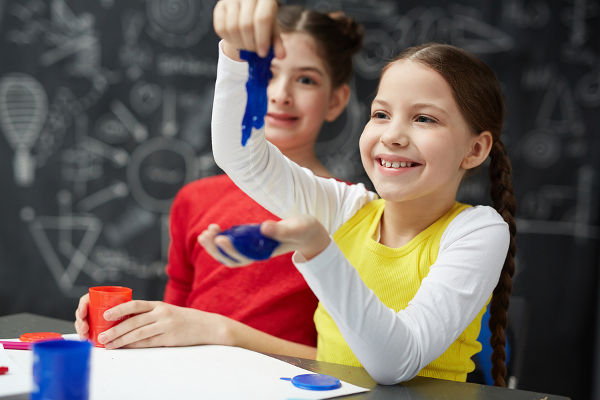
Teaches: Physics
This one is messy, so make sure you have lots of wipes or cloths available. It might be worth suggesting to guests of the party that they wear old clothes.
Using cornflour and water, you can create what’s known as a Non-Newtonian fluid. Newton, him of the apple fame, stated that the viscosity, or gloopiness, as we prefer to call it, of a liquid can only be altered by heat. For example, Nutella at room temperature is quite solid and if you turn the jar upside down it won’t pour out. However, if you heat it up, it becomes more gloopy, and you can pour it, directly into your mouth for a bit of chocolate heaven. A non-Newtonian fluid is one that doesn’t follow Newton’s rules – a bit like the trouble-maker in your child’s class. Instead of being affected by heat, its gloopiness is changed by force.
In a bowl, empty out a box of cornflour. You will need roughly the same volume of water as the cornflour to make the slime – possibly more or less. Mix in the water a bit at a time. You can add food colouring, as well, to make the mixture more appealing to children. You are looking for a fairly thick consistency and you should be able to stir the mixture but it will be tough work (good for those upper arm muscles). Test it by hitting it with a spoon. If the spoon bounces back off the top then you will have the right consistency.
Pour the mixture into a shallow tray, such as a roasting tin. Children can then explore how the liquid responds to different pressures. For example, what happens if they slap their hand down onto it, as opposed to gently putting their fingers in?
Coloured Milk Patterns
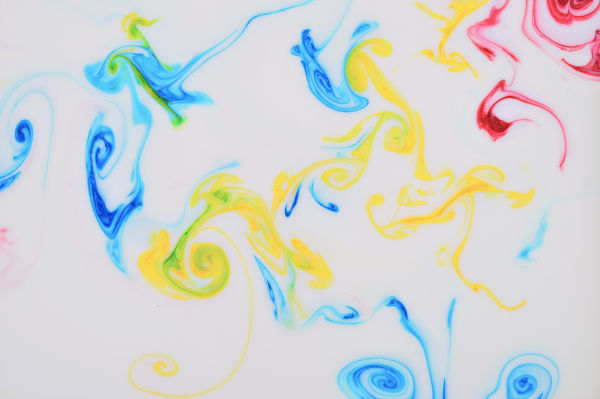
Teaches: Chemistry
This is a very visual activity that children will be amazed by and it’s really simple to do. Pour some milk into a shallow dish, such as a roasting tray or cake tin. Add a few drops of various liquid food colours in the centre of the dish, keeping the colours separate, but fairly close together. Then take a cotton wool bud and dip it into some washing up liquid. Dip the cotton wool bud into the centre and hold it there for a few seconds. The colours will start to move around the dish and make some great patterns.
Milk has a good number of fat molecules in it. The washing up liquid molecules bond with these fat molecules when they come into contact. The remaining molecules (the water in the milk and the food colouring) are pushed aside by these molecules coming together. As a result, the colour moves around the milk. Dipping more washing up liquid into the milk at various points will create more and more movement of the colour.
Duplo Tower
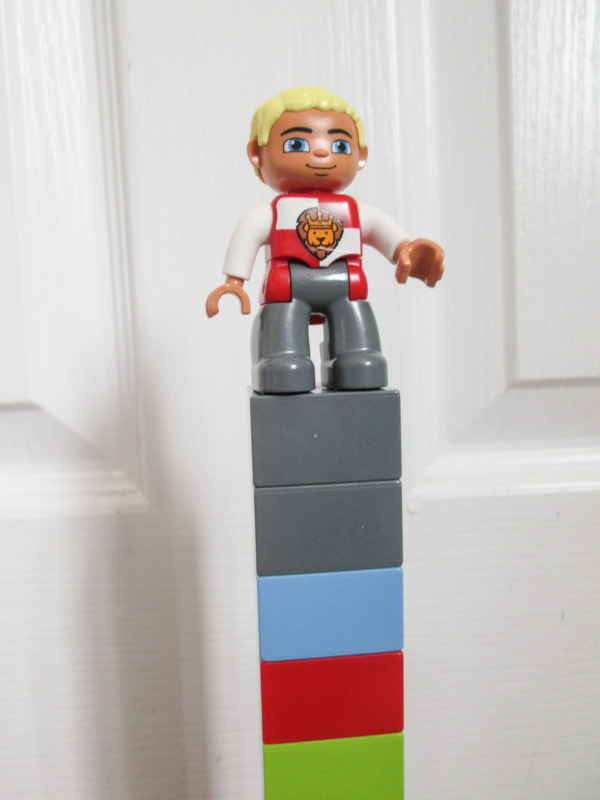
Teaches: Physics, Engineering
If you have a large collection of Duplo, are able to borrow some, or can pick up some cheaply second-hand, then this is a great filler activity. Set the children the challenge of building the tallest tower. They will probably need some grown up help when the towers become too tall for them to reach. You could award prizes for the tallest one.
This activity encourages children to think about how structures are made. A tower made purely by stacking 2 x 2 bricks on one another will become unstable very quickly. But a tower made with a stronger base will reach further.
Space Selfie Station
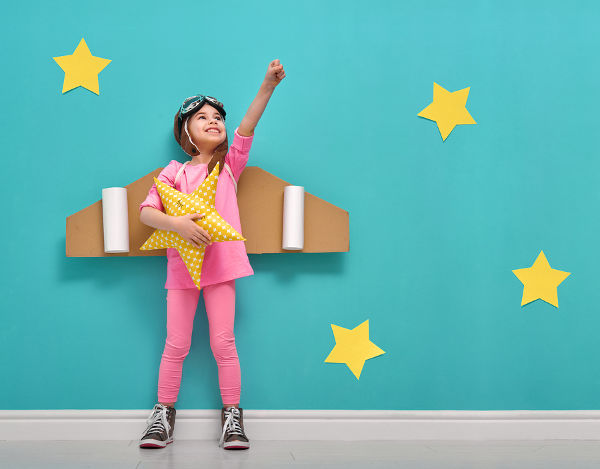
All you need for this is a dark blue sheet and some craft skills. You can superglue some cardboard stars to the sheet to make a backdrop for a space selfie station. You will then need some props. You can create astronaut and alien masks out of cardboard. There are some great ideas on Pinterest if you search for “space photo booth”. You can take it as far as your imagination and tolerance for crafting will let you and it’s a great filler activity.
Experiments for Demonstration

No science party is complete without a bit of mad science, and maybe some explosive fun. Here are some simple experiments that you can demonstrate during your child’s party. Whilst they use items and chemicals found around the home. It’s best to keep younger children at arms length, thanks to their innate inability to resist eating things they shouldn’t.
Make Your Own Lava Lamp
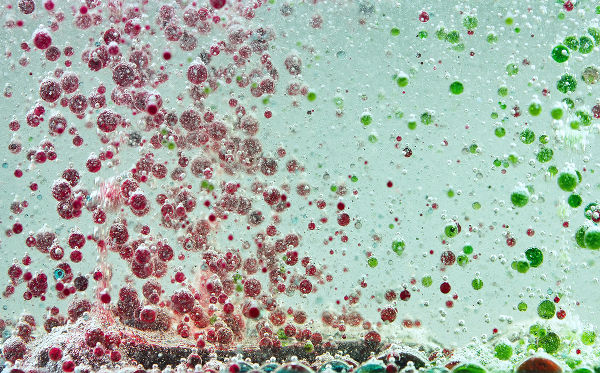
Love them or loathe them, lava lamps are pretty mesmerising, and in this experiment you can create a similar looking object using a few household objects. You will need:
- An empty plastic bottle
- Some cooking oil (enough to fill 3/4 the bottle)
- Some liquid food colouring
- Water
- Alka-seltzer tablets
Fill the bottle with water so it’s about ¼ full. Add the food colouring and mix with the water. Pour in the oil until the bottle is nearly full. Wait until the oil and water have separated, then drop in an Alka-Seltzer tablet. This will slowly fall through the oil before hitting the water, where it will dissolve and create bubbles of gas that will carry some of the coloured water up to the top of the bottle, creating a lava like effect.
This experiment demonstrates how the structure of molecules affects how they interact with each other. In very simple terms, the water molecules are what scientists call polar molecules, and have a very different structure to the oil molecules, which are non-polar. Because they have different structures, they don’t mix together. You could give the example of a Stickle brick and a Lego brick – they will only bond with other bricks that are the same as them. However, we also have a chemical reaction taking place when the Alka Seltzer hits the water. Carbon dioxide gas is created and form bubbles in the water. They rise to the top carrying some of the water with them.
Once the reaction has stopped, try adding a few tablets at the same time, the reaction becomes a lot more intense!
Elephant Toothpaste
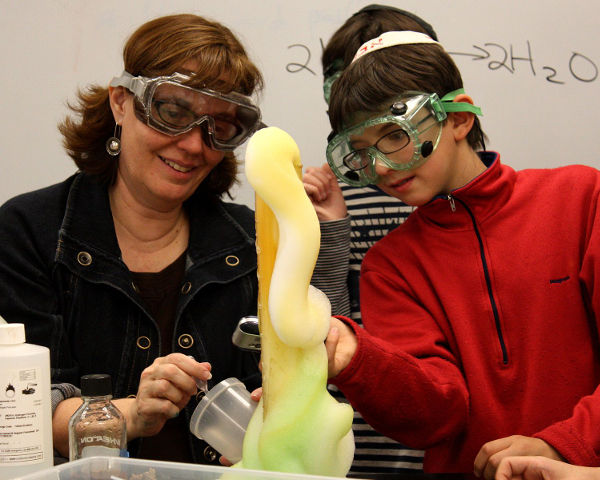
eigenadam / Flickr.com
Named because the experiment resembles a giant tube of toothpaste being squeezed, this is a really fun experiment that children will be amazed by. It’s messy, so you will need a large tray or something similar to catch the contents. A baby paddling pool would be perfect. You will also need:
- An empty fizzy pop bottle
- 120ml of 12% Hydrogen Peroxide
- Washing up liquid
- 1 dried yeast sachet
- Food colouring
- Warm water
- A funnel
- Rubber gloves
Use the funnel to add the hydrogen peroxide to the bottle. It’s a very powerful bleach that can cause burns, so you should use gloves at all times. Add some food colouring, and a good squirt of washing up liquid. Swirl the bottle to mix everything together.
Activate the yeast by adding a couple of tablespoons of warm water to the dried yeast in a small jug or cup. Add the yeast mixture to the bottle, and watch as the foam starts to spew out of the top.
This reaction occurs because hydrogen peroxide, by its very nature, is an unstable chemical. Its chemical formula is H2O2, which you may have noticed contains one more oxygen atom than water (H2O). Hydrogen peroxide naturally wants to break down into oxygen and water, and does this very slowly. The yeast acts as a catalyst (a way of speeding up) for this process, and the foam is formed by millions of oxygen atoms escaping. After the experiment you will be left with foamy water that is safe to pour down the drain.
Self-Inflating Balloon
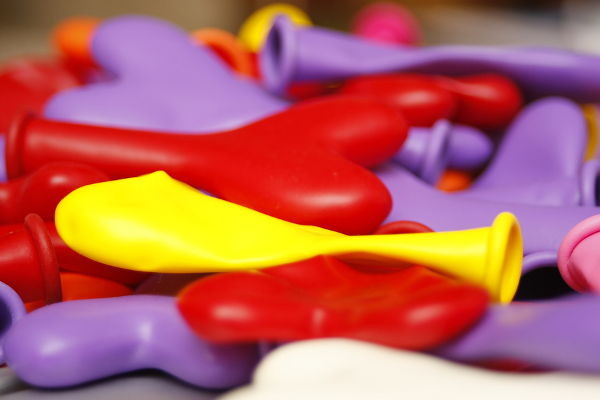
There are lots of variations on this experiment, and all are demonstrations of a chemical reaction that produces a gas. This variant is particularly easy because it uses items that are very easy to find. Although this is perfectly safe for children to do themselves, they may find some parts a bit fiddly. You will need:
- A balloon
- A 500ml bottle of fizzy pop, such as cola
- A packet of popping candy
- A funnel
Using the funnel, pour the popping candy into the balloon. Then, very carefully, without emptying the contents of the balloon, place the inflation end of the balloon over the open top of the bottle, sealing the bottle. Make sure it’s firmly attached. Then, tip the contents of the balloon into the bottle. The popping candy will react with the pop, and the carbon dioxide that causes the pop’s fizziness escapes from the bottle, inflating the balloon.
Further Ideas & Activities
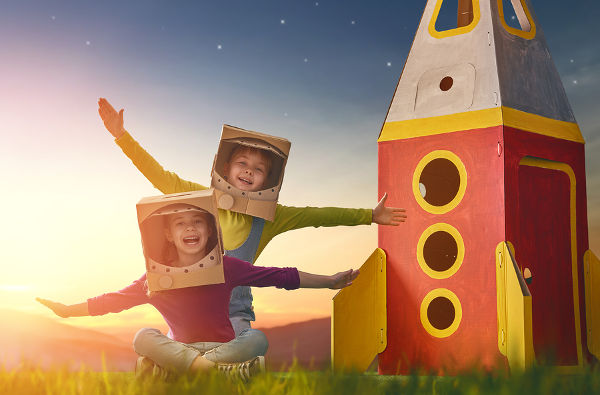
The activities above should keep the children entertained for an hour to an hour and half. If you need some filler activities you could play a space version of musical chairs, with the children being spaceships that need to find a planet to land on when the music stops. If you want the kids to run around, perhaps as a way of getting some energy out, then play solid, liquid or gas. Tell the kids they are going to behave like atoms do in different states. When you shout “gas” they must run around, whizzing all over. When you shout “liquid” they will need to walk slowly, arms waving and pretending to float around. When you shout “solid” they must all stand very still.
Party Food
Sandwiches or pizza slices could be cut out with a rocket or star cookie cutter. Use edible glitter to dust cupcakes for a celestial look. You can purchase shot glasses that look like lab flasks, and fill them with jelly, or fill some test tubes with jelly beans.
Party Bags
If you don’t want the faff of a party bag, you can pick up a helium canister that will inflate 30 balloons. Alternatively, there are loads of options online for bag fillers, such as test tube bubble mixture, glow in the dark stickers, mini magnifying glasses, mini slinkies, foam gliders, and, of course, popping candy and flying saucer sweets.




